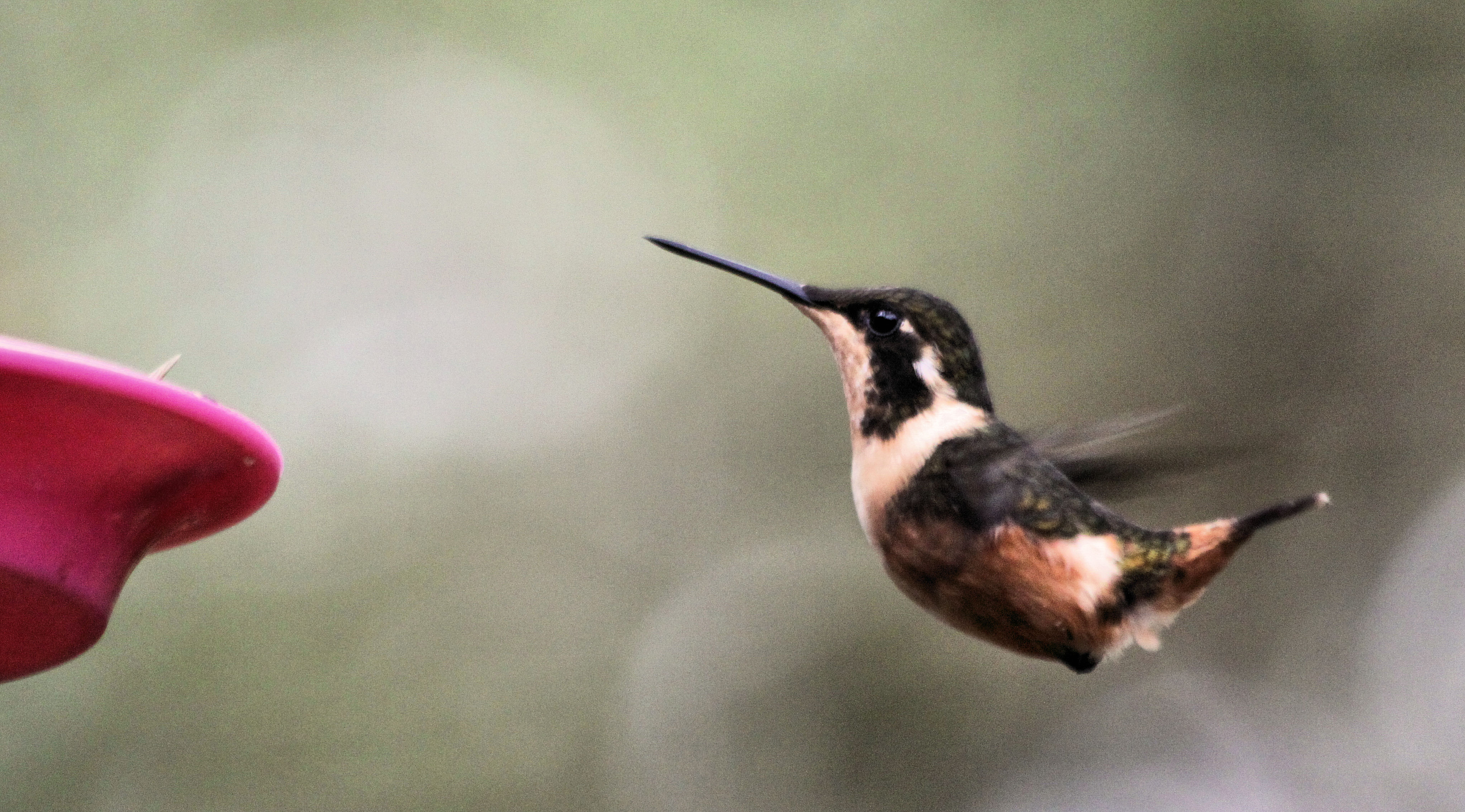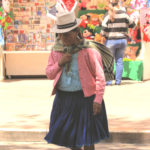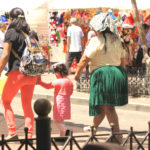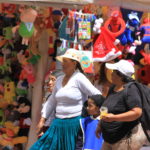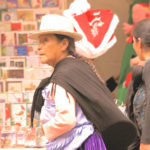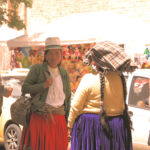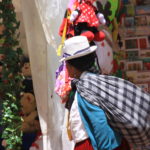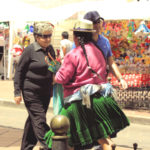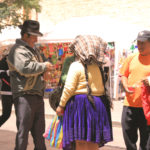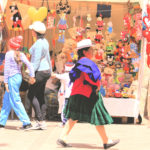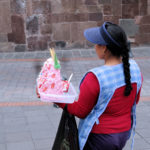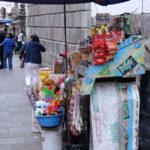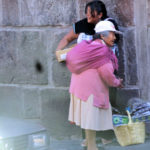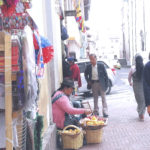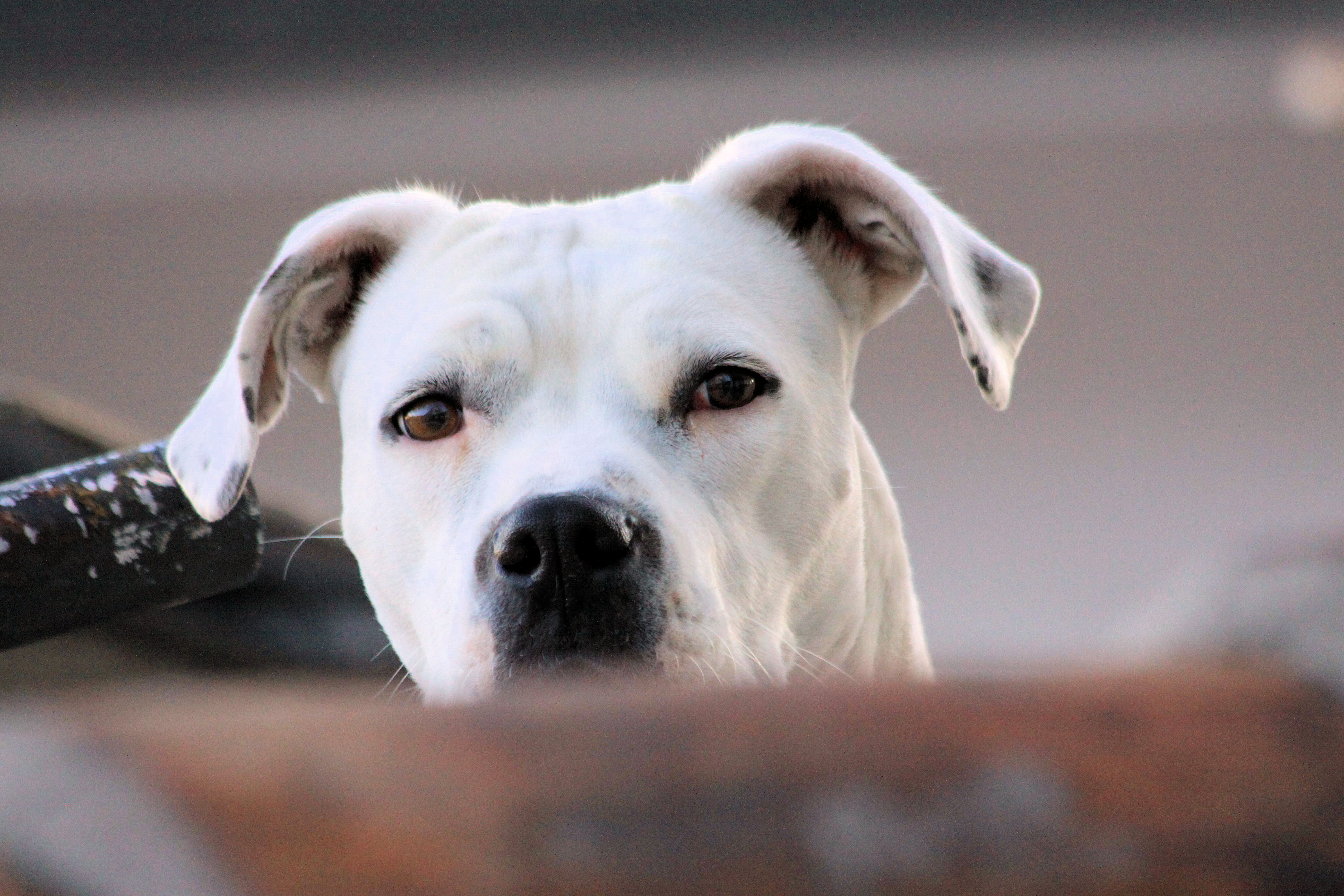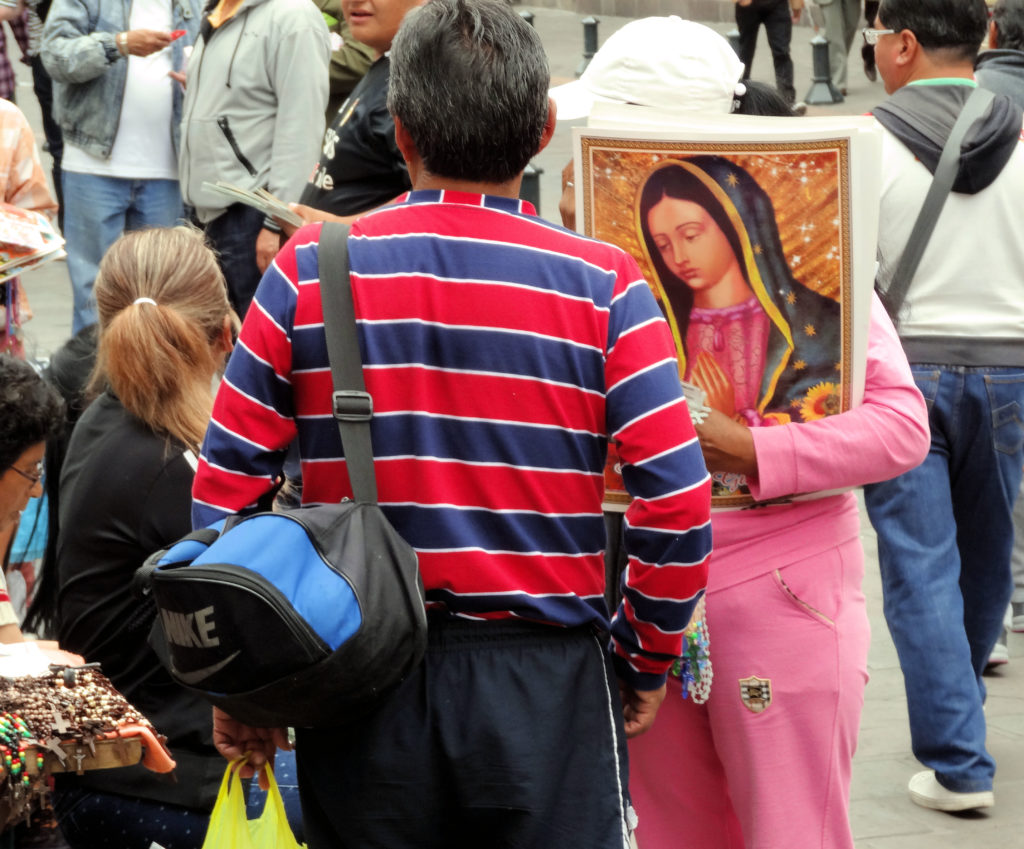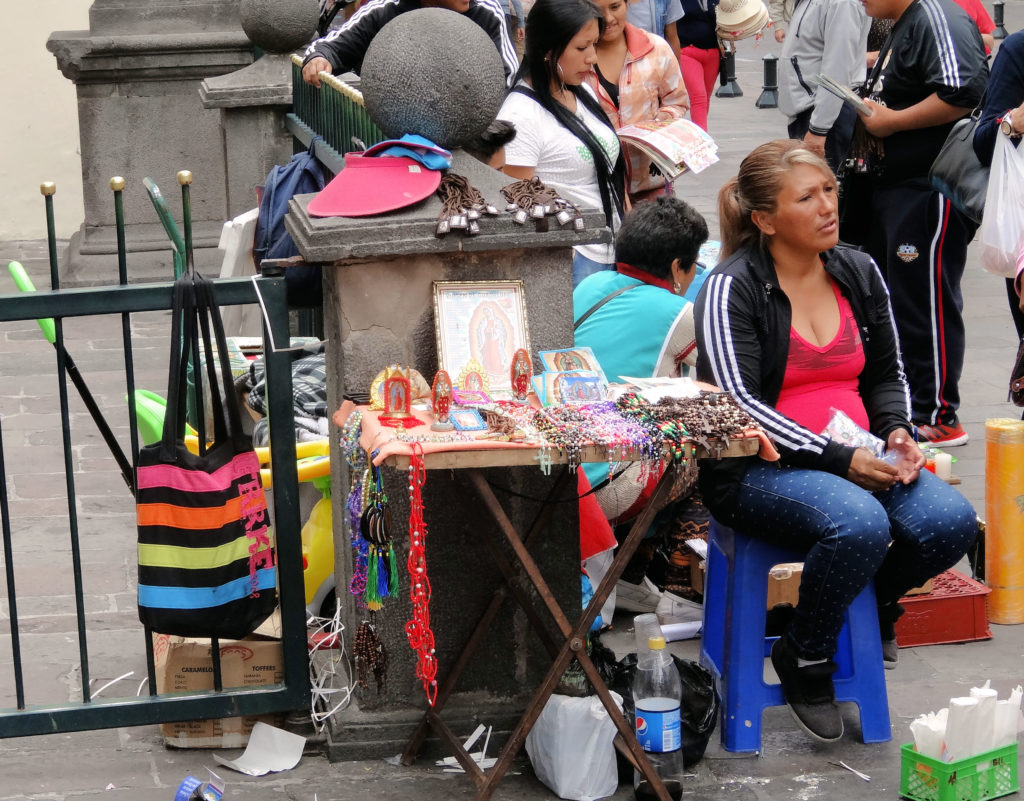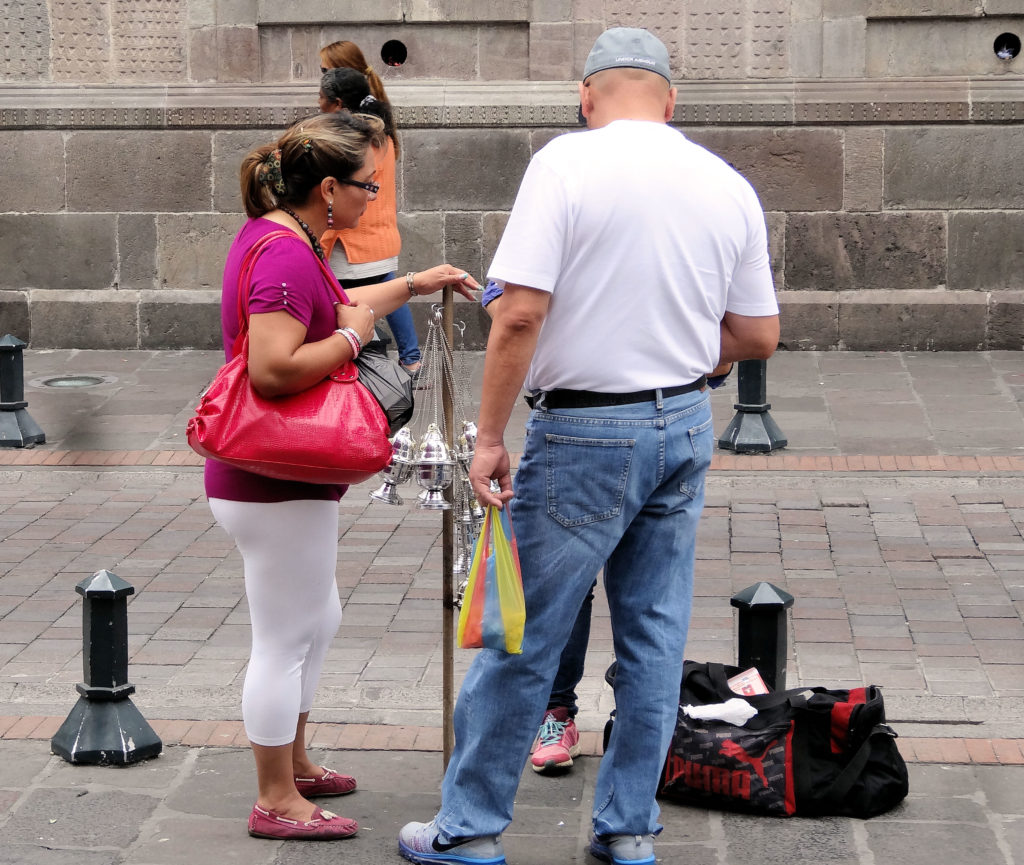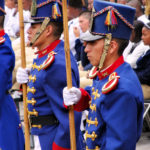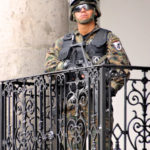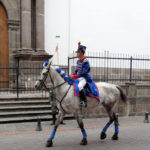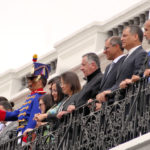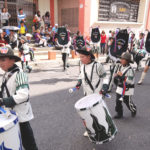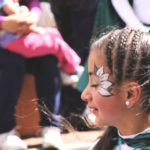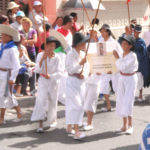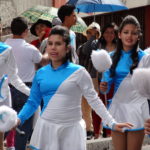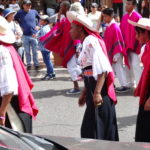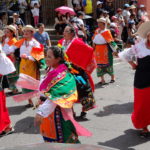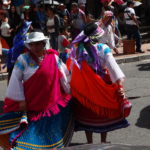When the Spanish arrived in Latin America, they tried to force the indigenous people to dress exactly the same. This was of course one method of controlling them. The natives refused to change their way of dress and over the years each area of South America can be identified by the different style of dress and hat. In Cuenca women wear velvet skirts with a heavily decorated bottom that sways whenever she walks. Her blouse can be anything and of course her hat is Panama straw. These hats originated in Ecuador not Panama at all. Usually her hair will be in pigtails and her baby or other portables will be tied to her back with a blanket. We saw many of these ladies today working in the flower market featuring the roses, sunflowers, margueritas and carnations they grow for local use and export.
Category: Quito
Street Vendors on Quito
Leaving Quito
We left Quito this morning at 6: 30 heading for Cuenca. Every morning and evening we could see the volcano out our window and the lights of Quito twinkle on. We did not go up the mountain to visit the Angel of Quito because we want to share that moment with Thomas when he comes. But she got a nod every day and used her as a guide when we got confused by Quito’s winding streets. The volcano changed daily. Sometimes she was blanketed with clouds and she disappeared completely. Sometimes she stood dramatically against a blue, blue, sky. Always she was there. Just like the neighbor’s dog who would woof- woof at us when we sat of the balcony or leaned out the window to watch the neighborhood change with the light and the time. From the plane window we watched Quito fade away giving way to verdant mountains, peasant villages and eventually to only clouds. An hour later we were in Cuenca, in a different apartment, exploring a new neighborhood, waiting to see what is out there.
Adios, Sally
El Sagario
December 12 honors the Virgin of Guadalupe and she is especially important in Latin America. We slipped into El Sagrario and were met with a full Mariachi band plating before an altar honoring the Virgin completely covered with roses, lilies and sunflowers. People were singing with the mariachis and clapping and praying all at one time. The altar at the front of the church was covered with calla lilies and a beautiful Latin interpretation of Bethlehem. The church was started in 1657 and completed in 1706. By most standards it is small, but today it felt like tchurch most worshippers felt at home in. Respectful of the congregation, Troy did not take pictures. However, the crowd outside did not waste a minute making a profit. Reminded me of the New Testament story when Jesus cleansed the temple.
I Love Another Parade
One thing Troy and I have learned is that sometimes the trip just comes to the traveler. We were having a coffee this morning and heard the distinctive clip clop of horses hooves. These gorgeous animals were making their way down Calle Garcia Moreno and we followed them back to the Plaza Grande. This was the traditional time that the president of Ecuador greets his people but this was done with more ceremony than usual. Mounted soldiers rode onto the plaza followed by the lancers. A band marched in and played patriotic tunes and the President waved and the crowd enthusiastically shouted VIVA. Horses and lancers circled the square, circled the fountain and made a grand exit. Policemen kept the crowd well in hand, surrounded two ladies and moved them away and sent another character away from the scene. There was a small protest at the end of the ceremony when six or eight ladies shouted and waved a poster saying they did not want four more years of the President. No one paid them any attention, dignitaries disappeared and vendors reappeared and business when on as usual.
Advent Begins
Part of the joy of travel is the wonderful and unexpected surprises one happens upon. We left a rather solemn artist display in Bella Vista and asked the taxi driver to drop us off at the Plaza Independencia. He could not get any closer than four blocks away so he dropped us off at the VOTA Basilica and we received an early Christmas present. A two hour long parade to introduce the Christmas season unfolded before us. Indigenous dancers in native costume danced toward the cathedral. Skirts swirled, flags waved, sombreros bobbed as the dancers performed uphill no less. A group from the Amazon had donned feathers, made bird calls and stopped to shoot Roman candles. Clowns handed out candy to the children. Military band, high school bands, middle school bands beat drums, struck bell lyres, and played their instruments rather badly but so enthusiastically. The only melody we recognized was THE BATTLE HYMN OF THE REPUBLIC which struck me as an odd choice. Age did not deter the performers. Some were very young and their parents were close by with water for them; some had seen a number of parades in their life time. I made friends with a couple who proudly pointed out their son and who were going to visit Houston. I can only hope that they will enjoy their visit as much as we have enjoyed ours. Below are just a few shots Troy made. Click and enjoy
Adios, Sally
La Basilica del Voto National
The National Basilica is the largest Gothic Basilica in Latin America. It took over one hundred years to complete and work was still ongoing until the middle of the twentieth century. It has soaring spires, detailed stained glass windows and gargoyles that represent the animals of South America. A giant anteater, a dolphin, caymen and monkeys and well as some we could not identify. If you click on the images below you can enjoy some of the artistry.
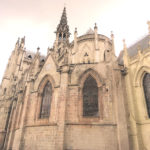
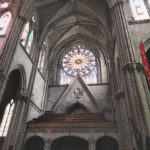
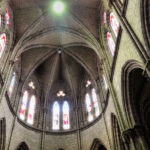


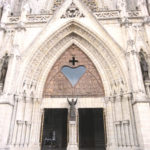
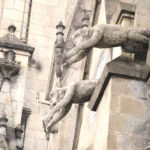




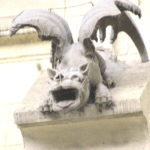
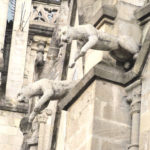


Quito Catacombs
The Museo de Sitio La Florida is a tiny museum on the outskirts of Quito that no one seems to know anything about. Our taxi driver assured me he knew where it was, but it took about five inquiries and three different GPS to find it. It is a burial site that goes back thousands of years and the bodies of the wealthy were still dressed in their shell garments. The poor were buried in hand woven garments what have been replicated. Our tour guide spoke no English, but I figured out most of what he was explaining. There were wonderful examples of pottery, gold jewelry and other artifacts from the early Andeans. Thankfully our taxi driver waited for us or we might still be wandering around that little suburb. Glad I this one out. Beautiful display and beautiful building, just out of the way.


The March to Escuela
Troy and I stood in front of our apartment this morning waiting for our driver and watched the children’s parade. There is an elementary school just up the hill and the street was filled with mothers, fathers, taxis and motorbikes delivering their treasures to the classroom. The kindergarteners wore gray pants, gray shirts, and an orange and white tunic buttoned up the side. They solemnly held a parental hand and carried a lunch bag in the other. The boys’ hair was carefully parted and slicked down and the little girls had pony tails. The older ones wore red pants and jackets or plaid skirts, blouses, and knee socks. Mommy and Daddy wore professional dress, exercise outfits and in some cases pajamas and robes. After all they lived in apartments near by. Some mothers carried babies Indian style on their backs. I marvel at how they do that. Children spilled out of taxis, private cars and one little one was on a mother bike with her little legs sticking straight out and wearing a helmet that would fit J. J. Watt. They all made it before the bell rang. About 1:30 the whole process was reversed and they came home to play soccer or practice their musical instruments.
A Natural Treasure
We left the city today to visit the Yanacocha Reserve. This beautiful wooded area is high in the Andes and is privately owned but can be enjoyed by all. It preserves a high altitude Polylepis forest which in endemic to the Andes and is home to wildlife and bird life. After leaving there we traveled over the Andes on an unpaved road to have lunch at a private hummingbird garden. Hundreds of these little beauties entertained us while we had a typical Ecuadorian meal of rice, beans, chicken and papaya. We learned that their feathers are made of prisms which catch the light and give them their glorious colors. One on the largest hummers called the sword hummingbird dined next to one of the smallest, the bumblebee hummingbird. Breathtaking scenery and God’s beautiful creatures made this trip on of the best for us.



